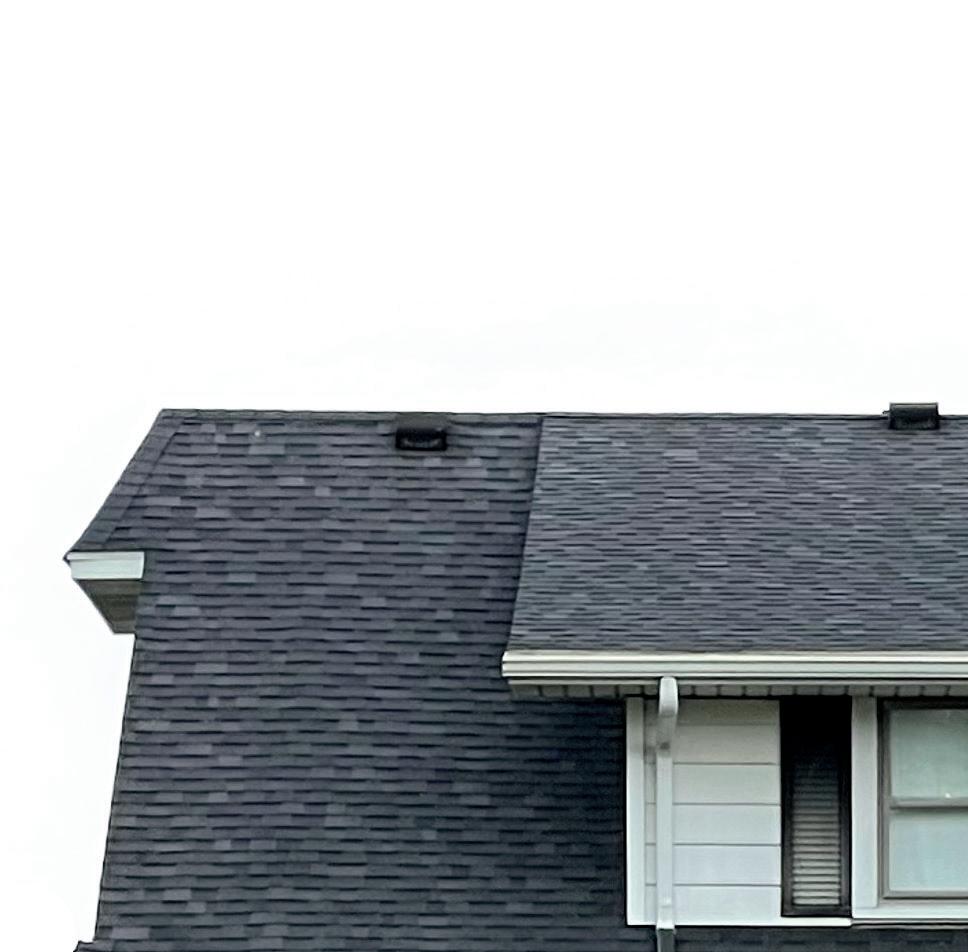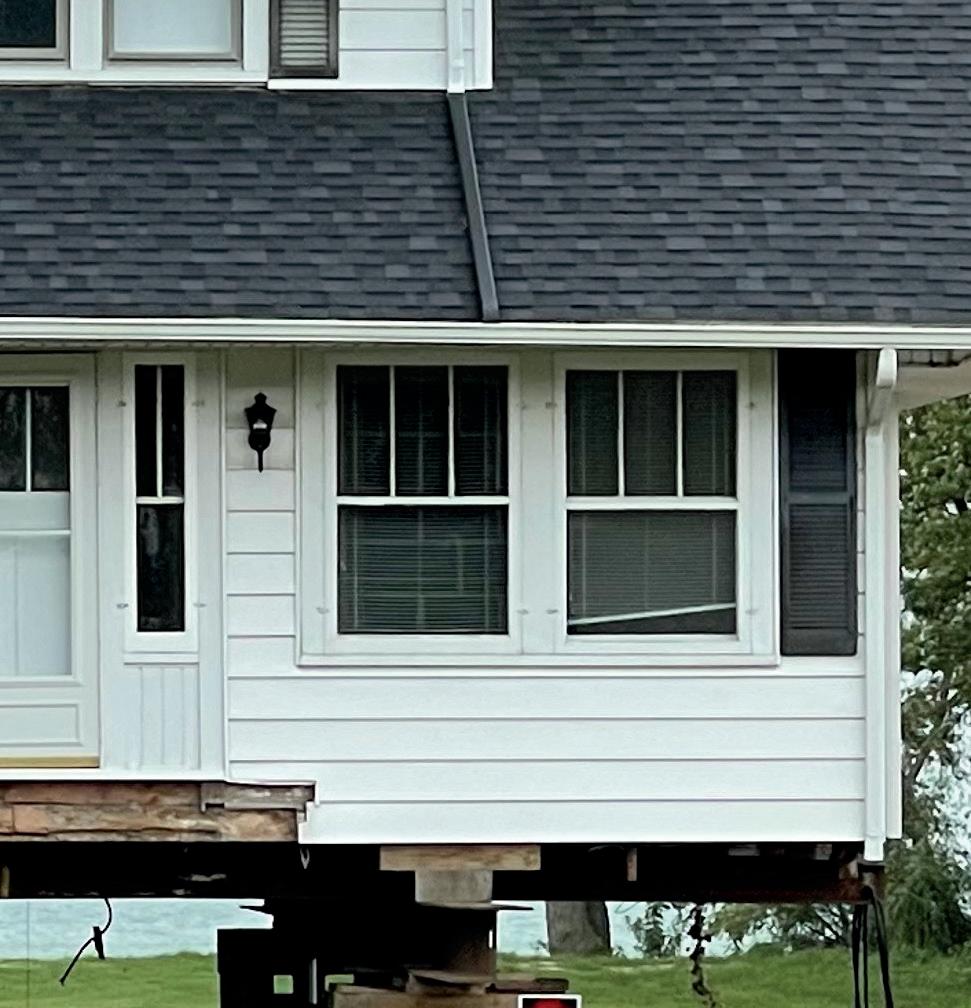
2 minute read
A mover (but not a shaker)
STORY AND PHOTOS BY JAMES PROFFITT
Jim Klier has been a mover for 39 years. Admittedly, the Wellington resident and Lorain-Medina Rural Electric Cooperative member isn’t real good at carefully packing all your possessions, loading them into a big rig, and driving them somewhere else. Instead, he just moves everything at once. Like your entire house. And very carefully.
Jim and the rest of the folks at Klier Structural Movers have made hundreds of such moves over the years. They have transported buildings both commercial and residential, though most are houses. The longest trip was a home that went down the road about 25 miles. The shortest? About 4 feet (see sidebar story).


Klier has moved plenty of homes for lots of different reasons — some legal, like for zoning issues; others more sentimental. Klier’s moved a lot of older homes. Much timber frame home on Lake Erie.




This co-op member specializes in relocating structures — very carefully.
“Oh, heavens yes,” he says. “A home that’s been in the family for generations, for example. You really have to love the house to do something like that, to go through that process.”
Not all the structures he’s moved are historic or sentimental — or even old. In fact, just the opposite. Some haven’t even been lived in yet or are still under construction. “We’ve done new houses, never occupied. Sometimes they’re not even finished,” he says.
Sometimes builders make mistakes, like putting up a house on the wrong spot, perhaps straddling a property line or facing the wrong direction. Other times, issues arise with a new foundation, or groundwater wells up suddenly, indicating a likely future of constant pumping. Other jobs have included moving a structure out of an existing flood zone or adding a basement where none was.

Occasionally, it’s a combination of sentimentality of and business.
When Mike Bassett’s investment group purchased waterfront property in Port Clinton, their plan was to build 14 homes on the site, which features a 125-foot sandy Lake Erie beach. But a two-story, 3,300-square-foot home sat directly where the main driveway would be. In Ottawa County, tearing down vintage homes on the water and replacing them with new homes and condominiums has been in vogue for years. But he questioned razing what seemed like such a great old house.
“It’s got high ceilings, very large wood molding, just a lot of charm,” he says. “I just know someone will fall in love with it because it’s very large and well-built. To me it just seemed like it would be a terrible waste to tear it down.”
So Bassett contacted Klier and had the home moved — about 100 feet over the course of a couple months, and in the process, rotated about 90 degrees. Bassett estimated the cost of the raw lumber and materials in the home, circa 1934, would run about $100,000 today. He said after some remodeling and updating, it will be a beautiful nearly century-old home that’s just like a new home.

So just how do you move a structure? According to Klier, the answer is, “Very carefully.” But at its simplest: Jack it up and drag it out. Klier has a yard full of equipment — several hundred tons of steel beams, a fleet of specialized hydraulic dollies, and hundreds of fat, heavy timbers. With these items, experienced Klier crew members place long steel beams beneath a structure, then slowly raise it.









